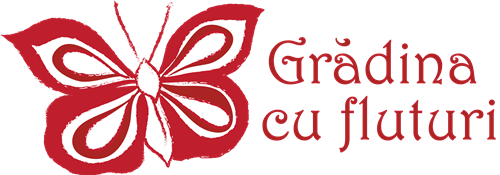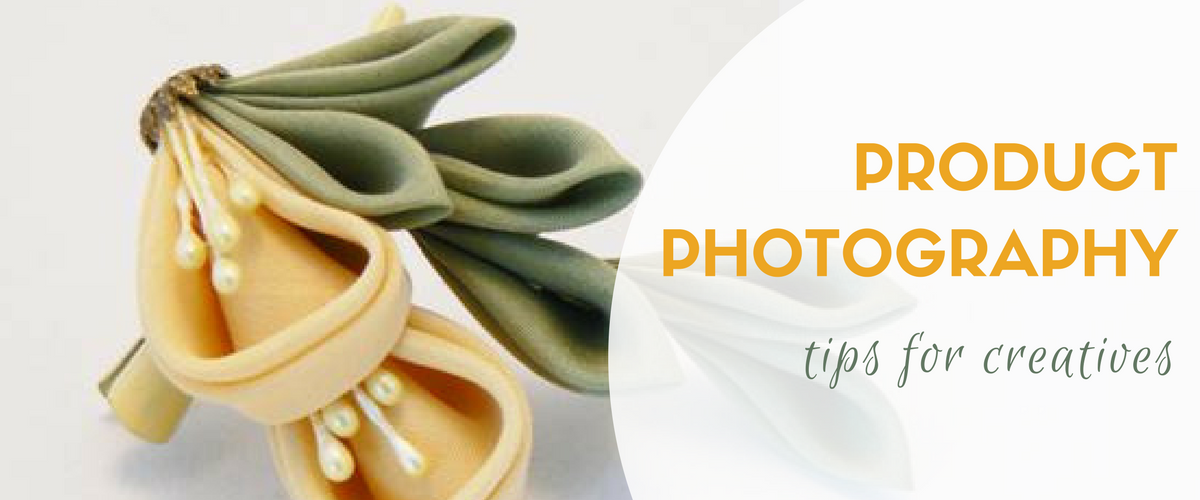You work all day long creating jewelry or toys or any other thing and you have an online business. You would like your items to look in your pictures just like in those big online stores. What’s their secret?
For a few years now, the Internet has allowed us access to unimaginable resources.
We are “bombarded” daily by information and especially pictures, beautiful photographs that allow us to dream or appreciate different products. I find inspiring pictures every day, through their contents, as well as their technique.
But in order to reach those images that seem to be stolen from our dreams, we have to comb through hundreds or even thousands of low quality pictures, some with no story at all, or just go to a reliable source.
As an artist or artisan, you want your products to look good on-line or in print. Still, you may not have the time or the money to invest in the latest, best photo camera and photo studios or to pay someone to take pictures of your work.
How can you make sure your photos are of the highest quality and attract the visitors by using little resources and without the need of a professional photographer? I will show you how the Butterfly Garden managed this.
I will dwell a bit on what makes a product photo pop, how it brings attention upon itself, how to organize your space and what tools you need, how to actually take the product photos and then I will tell you a bit about post-processing or photo editing for online posting or prints.
How do you define a good picture?
Everyday you interact with countless product pictures, but do you ever stop and wonder whether the product is well framed, if the colours go well together and correspond to reality, if the image has something to tell you and what exactly it tells you?
Don’t you just “know” whether you like it or not?
Of course, photo enthusiasts and experts will tell you “no, I don’t” because they know all the theory and they have to notice these things in order to survive in their line of work, but compared to all of the people online, they are few.
The most important photo features – structure, background, lights
In order for your picture to not be instantly dismissed by viewers, it needs to follow certain rules. I learned them from my own experience, some non-formal photo classes and many articles read on this topic.
- Structure: in photography there is the rule of thirds. It says that the best way to place your focal element is at any intersection of the lines that cut the frame in thirds, vertically and horizontally. The rest of the space can be used for placing a logo or a nice message or simply left empty in order to emphasize your product.
- Background: a continuous space, in a simple colour or a fine pattern, in blending colours, without strong contrasts. This allows the colours and textures of your product to pop out and be much more visible than if the background were cluttered with details.
- Lighting: your item needs to stand out from the background, to have clear contours, and the details to be well lit. The best kind of light is natural combined with diffuse light from white bulbs.
Below there is an example with two photos: one made without respect to the above rules and one made á la carte. Guess which one had the most fans.
As you can notice, all the colours and elements are clear and stand out in the first photo, the soft shadows give depth to the item and the simple white background makes the logo visible.
In the first photo, on the other hand, made under artificial yellow light, the shadows erase colours, the angle doesn’t let you guess the actual shape of the item while it is “stranded” in the middle of the image.
Set-up – what you need and an approximate price
In order to take a high quality picture, you don’t need much:
- a photo camera (mine is from 2006, semi-professional and I bought it second-hand with less than 50 euros),
- a light-tent (which you can make yourself out of a box and a piece of white cloth),
- a lamp (mine has a furniture clamp – 5 euros) and, if you have one,
- a tripod (mine cost around 10 euros, it’s not the highest quality, but works just fine) – instead of the tripod you could use a chair.
So my total investment was around 70 euros, considering the extra items for the light tent (the cardboard and fabric), but I’m very happy with it and I’ve covered it with the orders.
I also use the camera and tripod for other pictures, obviously, and use the lamp as work light.
How to take the pictures – angles, shadows
Once you have your mini-studio (making the box takes less than 30 minutes and the materials are easy to come by), you can start snapping pictures.
The most important things:
- follow the rule of thirds (some cameras have an integrated grid in the display to help you with that),
- make sure you have the proper light (turn on the lamp above the box) and
- try a few different angles for each position of the item and a few positions to get the best view and make the product look 3D.
My pictures look best when the camera is level with the item, so the item stands vertical in front of the camera; thus the shadows fall at the lower side of the picture (upper dragonfly), not in the background, like it happens when I take pictures from above the item (lower dragonfly).
Post-processing & logo placement
After you took a series of pictures with each item from different angles and placements, follows the fun part. If you have a lot of space on your computer (and a whole lot of time to waste), you could copy all the pictures on the computer.
I suggest viewing all the pictures from the memory card (I use Microsoft Office Picture Manager) and deleting the ones you don’t like, are in doubles or triples or didn’t come out properly.
Afterwards, choose from the ones remaining the best pictures (depending on how many you need/fit on your website – I only choose a very good picture) and only then copy those to your computer.
This way you save up a lot of storage space and time. Usually I take one picture of the “front” of the product and one with the “back”. You take as many as you need to convey your message.
After you picked the best pictures, you may need to post-process them.
For this you can use very small and efficient programs.
My favourite is gimp, because it gives you all the power of Photoshop in a very small package, with minimal resource use, it works on my tiny netbook and, best of all things, it’s free (unlike Photoshop, a huge program that eats all your resources, needs big resolutions, is difficult to navigate – for beginners – and is extremely expensive).
In gimp you can easily play with the contrast, brightness, levels, histograms and many more. You can easily crop your pictures by using the selection tool (very user-friendly) and go to Image/Crop to Selection.
Explore, experiment and see what works best for you. Use the cloning tool to fix unwanted spots on the picture or remove dust and hairs (they’re always there).
Once you’re happy with the light and composition of your pictures, all you need to do is add your logo or name to make sure you get due credit for your work, no matter where your pictures end up (once posted online they’ll begin their journey through the internet and beyond, out of your control – one if mine ended up on the wall of some shop here in Cluj).
The logo should be placed in a free space in your image, with a continuous background, preferably in contrast with the logo colours.
I usually put it in the low-right corner, but you can place yours anywhere you please as long as it doesn’t superimpose on the product (thus ruining your whole work up to this point).
I suggest saving both versions, for you never know when you need to use the original image somewhere else.
Update: I don’t attach my logo to the pictures any more (especially since it’s a new logo), but I did emphasize the Creative Commons Attribution-NonCommercial 4.0 International License on my website.
Et voilà! Now you’re taking professional pictures at home, with the least effort (financial and temporal).
I wish you luck and am looking forward to your new, better pictures here in the comments section!
Hugs,
Andrea

